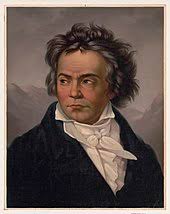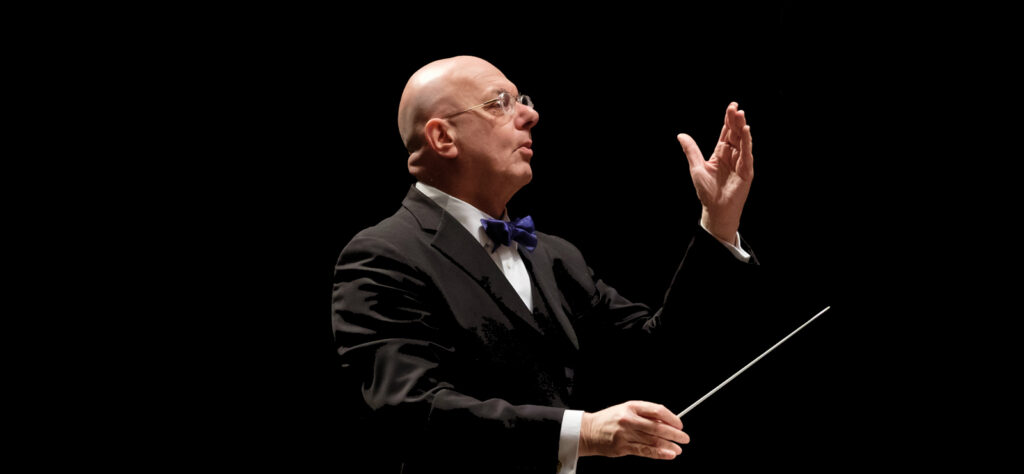
by Kevin T McEneaney
This year is the 250th anniversary of the birth of Ludwig von Beethoven. Many orchestras around the world have been performing Beethoven concerts. Bard College is something of a late comer to this celebration, yet it is like a late-comer to a party who re-invigorates the party. Leon Botstein’s baton led a two-hour magic program with finesse and thunder.
A pre-concert preface was introduced by Emmanuel Dongala, the Congolese writer who recently published a novel about George Bridgetower, the wondrous violinist who inspired Beethoven’s “Kreutzer Sonata.” That sonata was originally dedicated to Bridgetower, a mulatto Cambridge graduate violinist whom Beethoven greatly admired, then had a falling out with (why, we don’t know).
If you love music, there are many rare treats, but to hear an excellent two-hour performance of Beethoven provides the nearest experience of being trumpeted to a mythical paradise. So, it was this past Saturday evening live via YouTube with The Orchestra Now performing Beethoven’s 5th Symphony for openers, an opening that is one of the most thrilling and memorable in all of music. Ian Striedter’s articulate introduction matched his trombone playing.
On any given day one might decide that a particular Beethoven symphony might be his greatest or your favorite, yet if that is the case, one might change one’s mind from week to week or month to month, if you have listened closely to any numbered symphony and noticed subtle contrasts. As one of Beethoven’s two symphonies in a minor key (C-) with dark tones and ecstatic horns, one feels transported. Yes, the heavens appear to open or tremble at the end of Beethoven’s 5th.

After that exquisite transport of unified transcendence, Botstein’s baton moved with more delicacy to the Triple Concerto where violin, cello, and piano are featured. Peter Wiley has always been one of my favorite cellists and he was at his peak, especially in the duos with violinist Adele Anthony; they played together as if they were one instrument, especially in the Rondo where even their two bodies appeared welded in body sync motion. Shai Wosner with his back to them on piano provided lighter shades of relief than the fierce dramatic duo as the orchestra highlighted the soloists with bracketing motif.
There are many moments in Beethoven when you think the music cannot rise to further heights, and yet it does, something that happens again and again in Beethoven’s 7th symphony where themes extend and converse. One’s ears and head seem to explode into ethereal realms that are not possible. That is why Beethoven in China is called the “god of music.” Beethoven resembles a chameleon constantly changing colors and moods.
The Allegro in the 7th symphony is nearly too much to bear with its two thundering gestures. And then the trombones ARRIVE in the Finale, which has been famously called a “Bacchic Fury” to reduce the audience to a swoon! Few composers can bridge the world of popular music with artistic evanescence that echoes down the centuries.